The vast plains of Africa are host to one of nature’s most fascinating ecological relationships. As herds of wildebeest, zebra, and other ungulates thunder across the savanna, an aerial escort often accompanies them – various species of birds that seem to have formed a unique partnership with these mammals. This remarkable behavior, known as commensalism, provides significant advantages for the avian participants while generally having a neutral effect on their mammalian counterparts. From the iconic oxpeckers perched on rhinoceros hides to cattle egrets stalking alongside buffalo, these bird-mammal associations represent an evolutionary strategy that has developed over thousands of years. Understanding why birds follow African herds offers a window into the complex interdependencies that shape ecosystems and demonstrates nature’s elegant solutions to survival challenges.
The Mutualistic Relationship Between Birds and Mammals
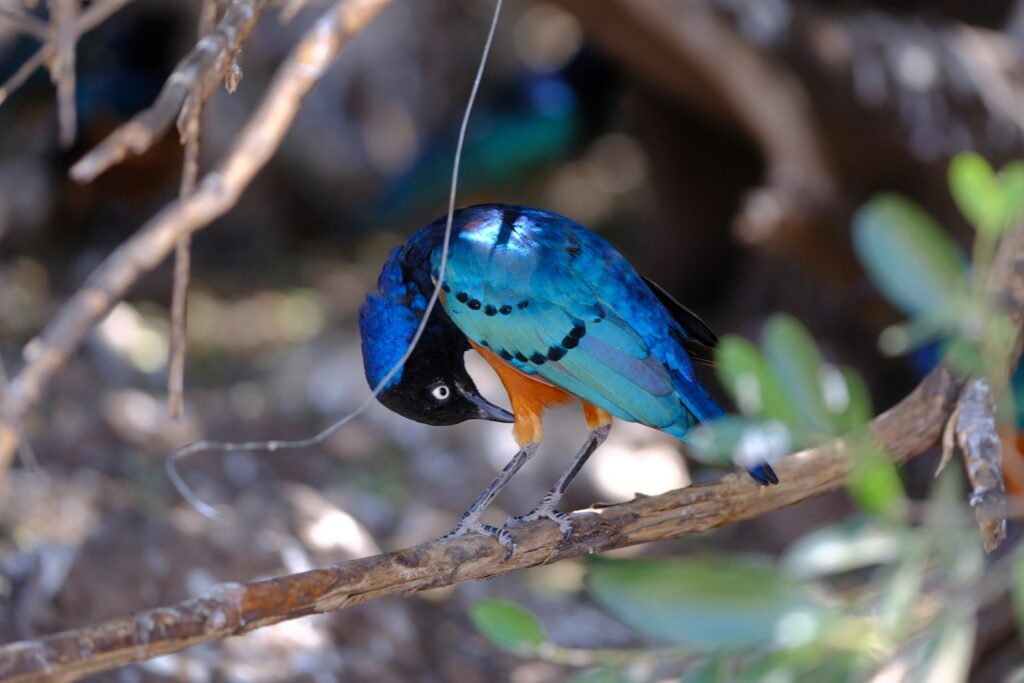
The relationship between certain bird species and large African mammals demonstrates a classic ecological interaction known as mutualism or, in some cases, commensalism. Birds such as oxpeckers, cattle egrets, and various starling species have evolved behaviors specifically to take advantage of the resources that large mammals inadvertently provide. For the birds, these mammals offer a mobile food source, whether through the insects they disturb while moving through grasslands or the parasites living on their bodies. While many of these relationships benefit both parties, research has revealed that some interactions, particularly with oxpeckers, may occasionally become parasitic when birds exploit wounds on their hosts. This complex dynamic highlights the nuanced nature of interspecies relationships and demonstrates how ecological partnerships can exist along a spectrum rather than in fixed categories.
Cattle Egrets: The White Shadows of African Herds
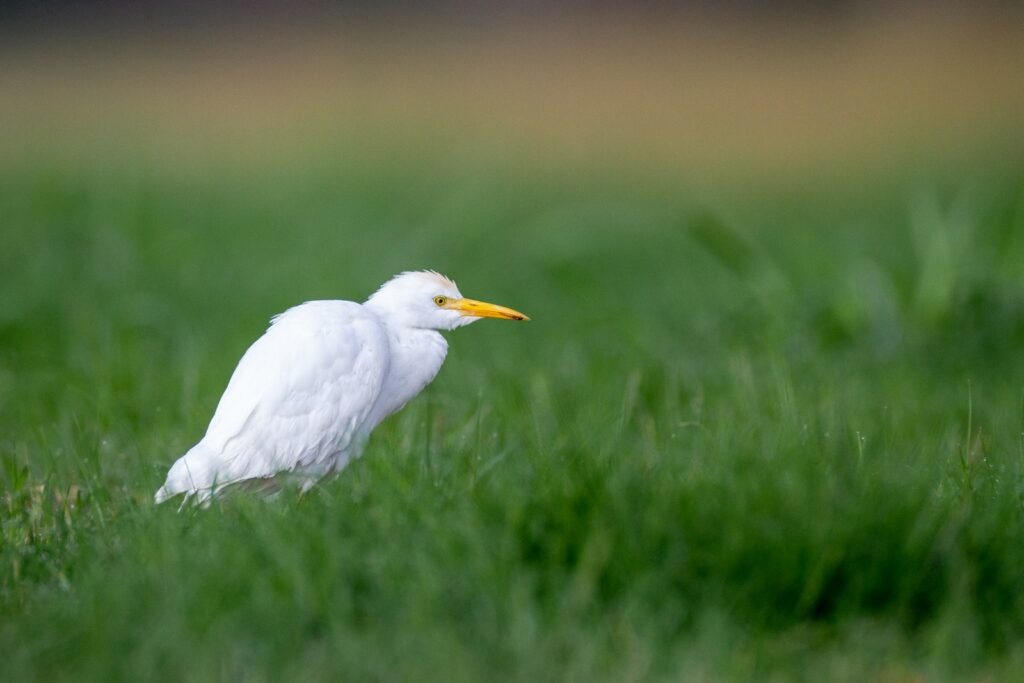
Among the most recognizable birds following African herds are cattle egrets (Bubulcus ibis), striking white birds that have developed a specialized feeding strategy centered around large mammals. Originally native to Africa, these adaptable birds have now spread globally, always maintaining their affinity for large grazing animals. As buffalo, elephants, or cattle move through tall grass, they flush insects, small reptiles, and rodents from their hiding places, creating a bonanza of easily accessible prey for the opportunistic egrets. Research has documented that cattle egrets following herds can capture up to three times more prey than those feeding independently, demonstrating the significant energetic advantage of this strategy. The relationship proves especially valuable during dry seasons when food resources become scarce and the mammals’ movement through vegetation becomes one of the most reliable ways to expose potential prey.
Oxpeckers: The Controversial Ticket Riders
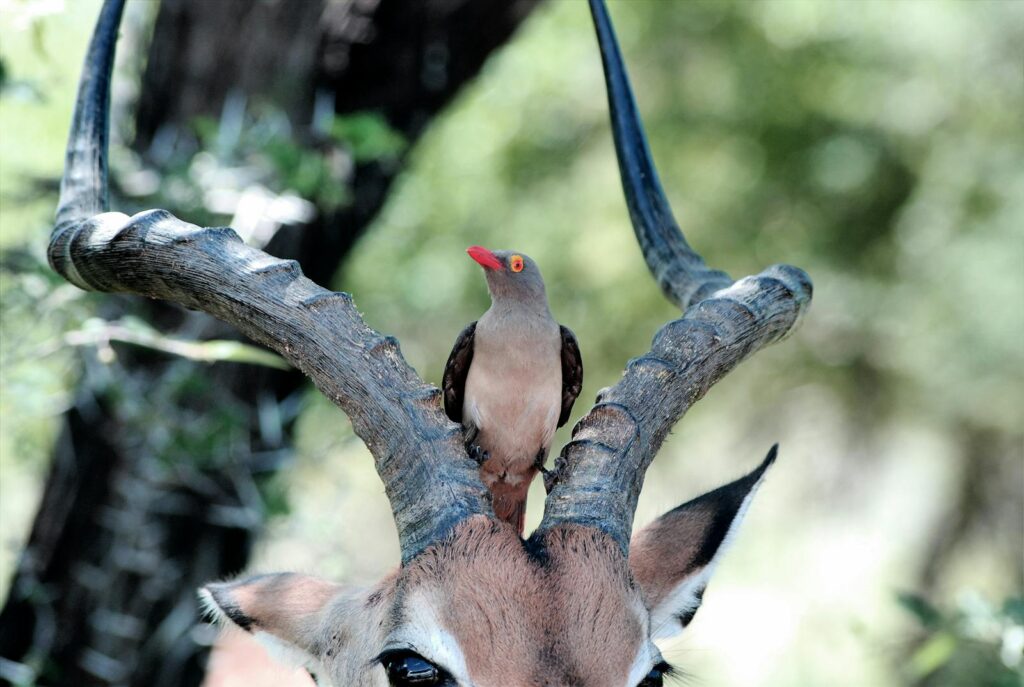
Perhaps the most specialized of Africa’s herd-following birds are the red-billed and yellow-billed oxpeckers (Buphagus species), which have evolved specific adaptations for feeding directly on their mammalian hosts. These birds possess strong claws for gripping onto moving animals and stiff tail feathers that provide balance while feeding on the vertical surfaces of rhinos, giraffes, and other large mammals. Traditionally viewed as performing a beneficial cleaning service by removing ticks and parasites, recent research has complicated our understanding of oxpeckers’ role. Studies have documented these birds reopening healing wounds and consuming blood (behavior known as hematophagy), suggesting their relationship with mammals sometimes shifts from mutualistic to parasitic. Despite this occasional conflict, many mammal species still tolerate oxpeckers, suggesting the overall relationship remains beneficial, particularly in areas where external parasites pose significant health threats to mammals.
Insect Hunters: Birds That Capitalize on Disturbed Prey
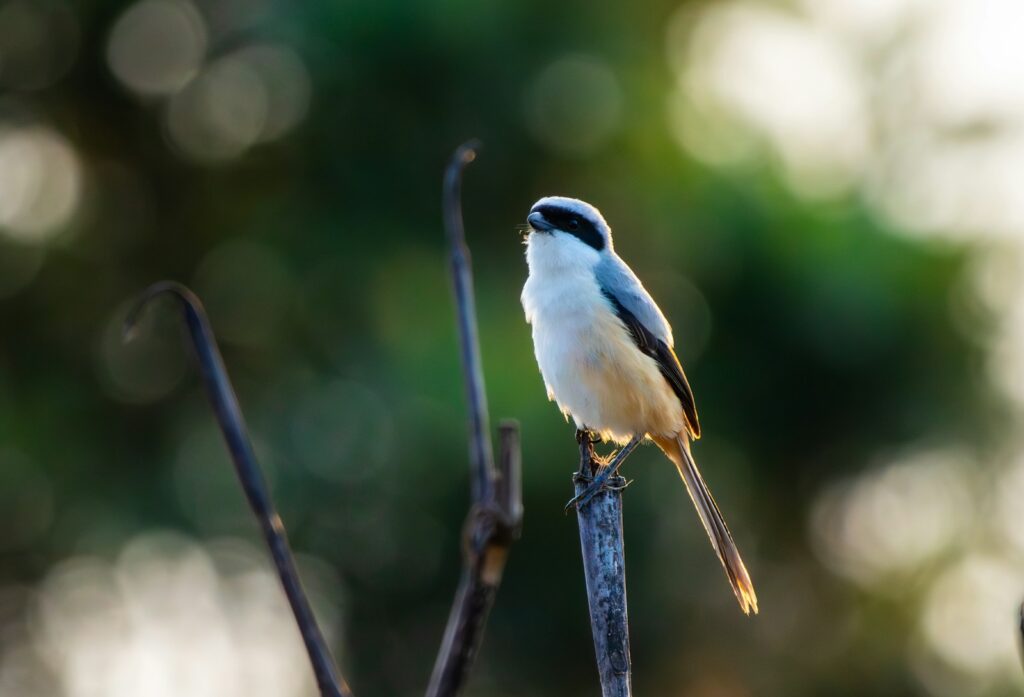
A wide variety of African birds have developed feeding strategies that capitalize on the insects disturbed by moving herds, without necessarily perching on the mammals themselves. Species like the lilac-breasted roller, various shrikes, and fork-tailed drongos often follow at a distance, capturing insects flushed into the air by the movement of buffalo, elephants, or antelope through vegetation. This hunting technique requires minimal energy expenditure compared to active foraging, as the birds can simply wait for prey to become visible when startled by the mammals. During migrations of massive herds, such as the annual wildebeest migration in the Serengeti-Mara ecosystem, the concentration of disturbed insects can attract impressive numbers of aerial insectivores. These opportunistic feeders demonstrate remarkable adaptability, adjusting their foraging patterns to coincide with herd movements across different landscapes and seasons.
Warning Systems: The Security Benefit for Mammals
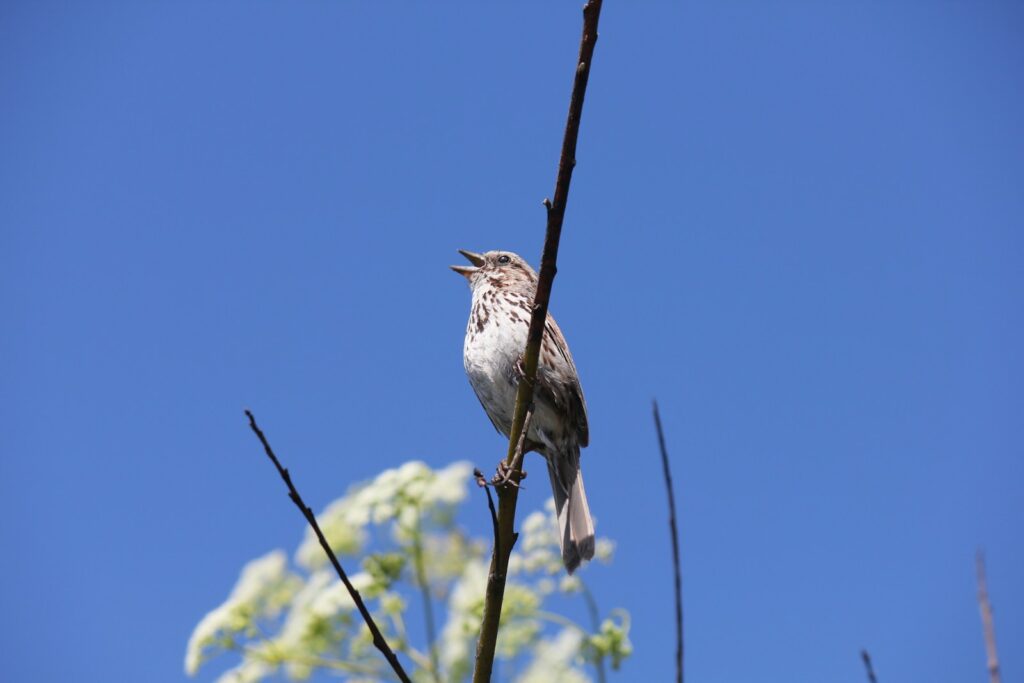
While birds benefit from following herds, the mammals also receive advantages from this association, particularly in the form of enhanced predator detection. Birds possess excellent vision and often detect approaching predators before the mammals themselves notice any danger. When birds suddenly take flight or begin alarm calling, savvy mammals quickly become alert to potential threats, creating an inadvertent early warning system. This security benefit has been documented in various studies showing that zebra and impala herds accompanied by certain bird species react more quickly to simulated predator approaches than those without avian companions. For prey species constantly vulnerable to ambush predators like lions and leopards, this additional vigilance can mean the difference between life and death, especially in areas with tall grass or limited visibility.
Grooming Services: Removal of Parasites and Pests
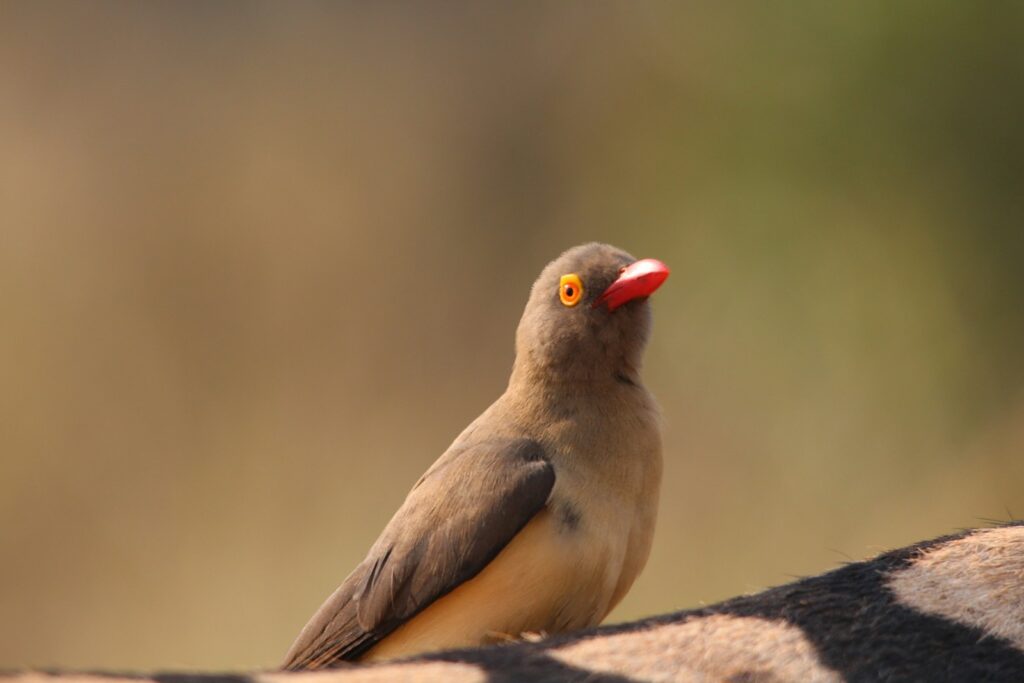
One of the most direct benefits mammals receive from their avian followers is the removal of external parasites that can cause significant health problems. Ticks, in particular, represent both irritating pests and dangerous disease vectors for African ungulates, potentially transmitting conditions like East Coast fever and other serious ailments. Birds like oxpeckers specialize in removing these parasites, with studies showing a single bird can consume dozens or even hundreds of engorged ticks daily from a host animal. Beyond ticks, these birds also target flies and other biting insects that plague mammals, particularly around sensitive areas like eyes, ears, and wounds. Some mammals appear to actively seek out this grooming service, positioning themselves to allow birds better access to parasite-prone areas, suggesting they recognize and value this aspect of the relationship.
Seasonal Variations in Bird-Mammal Associations
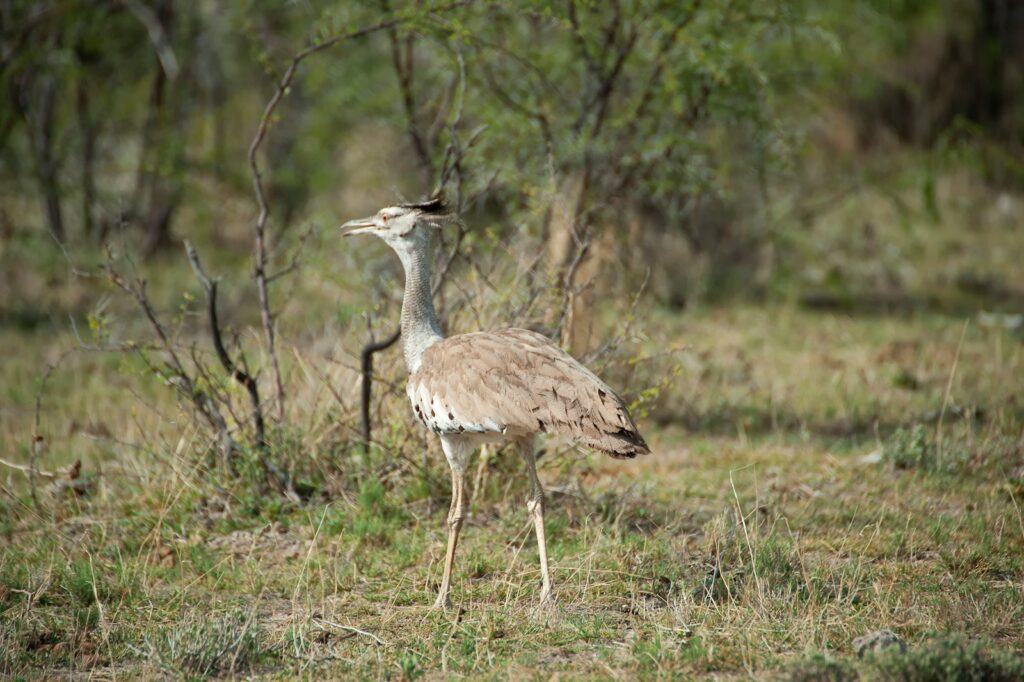
The relationship between birds and mammal herds in Africa shows fascinating seasonal fluctuations that correspond to changing ecological conditions. During dry seasons, when insects become scarce in the general environment, the association intensifies as birds become more dependent on mammals to access food resources. Researchers have documented higher numbers of cattle egrets following herds during these challenging periods, sometimes with dozens of birds accompanying a single group of buffalo or elephants. Conversely, during wet seasons when insects abound throughout the landscape, these same bird species may become more independent in their foraging patterns, following herds less consistently. This seasonal flexibility demonstrates the opportunistic nature of these birds and highlights how these ecological relationships aren’t fixed but rather responsive to environmental conditions and resource availability.
Migration Partnerships: Birds That Follow the Great Migrations

The epic annual migrations of wildebeest, zebra, and other ungulates across the Serengeti plains attract not just tourists and predators but also specialized bird followers that capitalize on this massive movement of biomass. As over a million animals traverse hundreds of kilometers in search of fresh grazing, they create a mobile ecosystem that supports numerous bird species. Vultures monitor the migration from high above, awaiting inevitable casualties that provide scavenging opportunities. Lesser-known species like the northern carmine bee-eater have evolved migration patterns that specifically synchronize with ungulate movements, allowing them to capture insects flushed by the traveling herds. For these specialized bird species, the predictable timing of mammal migrations has become integrated into their own life cycles, demonstrating how deeply interconnected these different animal groups have become over evolutionary time.
Vultures: The Ultimate Followers of Herds
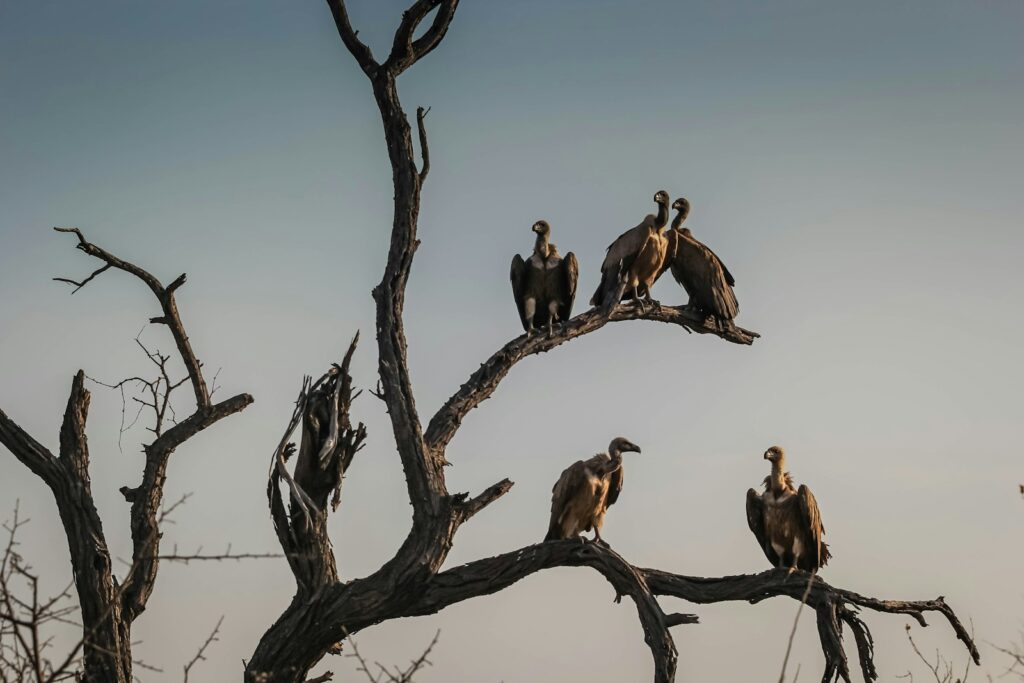
While many birds follow herds to catch insects or remove parasites, vultures represent perhaps the most specialized followers, anticipating the inevitable mortality that occurs in large mammal aggregations. These remarkable scavengers patrol high above migrating herds, their keen eyesight allowing them to spot animals showing signs of weakness or illness. Different vulture species have evolved specific roles within the scavenging hierarchy: large lappet-faced vultures use powerful beaks to tear open tough hides, while white-backed vultures specialize in quickly stripping meat from carcasses. Their association with herds becomes especially important during migration events when the physical challenges of long journeys, predator pressure, and river crossings create higher mortality rates. Though often maligned, these avian followers provide crucial ecosystem services by quickly eliminating carcasses that might otherwise become sources of disease.
Evolutionary History of Bird-Mammal Associations
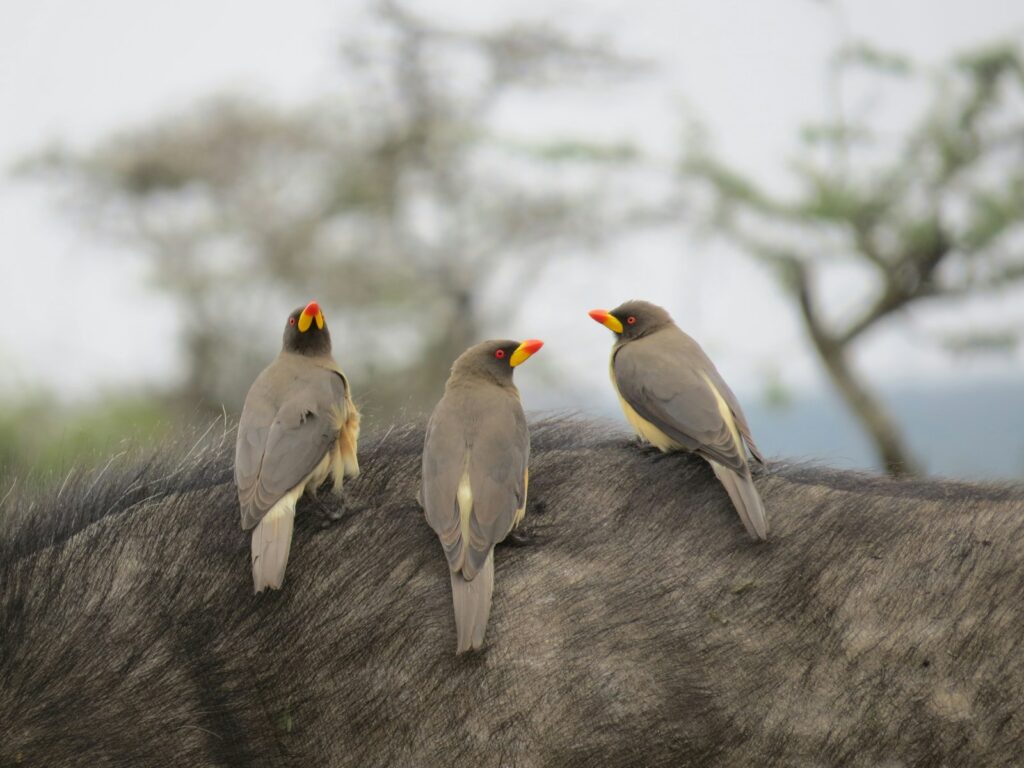
The relationship between birds and African mammals represents an ancient ecological partnership that has developed over millions of years of coevolution. Paleontological evidence suggests that similar associations likely existed between birds and the now-extinct megafauna that once roamed the African continent in even greater numbers. As certain bird species adapted to exploit the ecological niches created by large mammals, they developed specialized physical characteristics to maximize these relationships. Oxpeckers evolved strong claws and stiff tail feathers that allow them to maintain balance while feeding on the vertical surfaces of moving animals. Cattle egrets developed shorter necks and legs compared to other heron species, adaptations better suited for foraging alongside terrestrial mammals than wading in water. These physical traits, combined with behavioral specializations, illustrate how natural selection has shaped these birds specifically for their mammal-following lifestyles.
Conservation Implications of Bird-Mammal Relationships
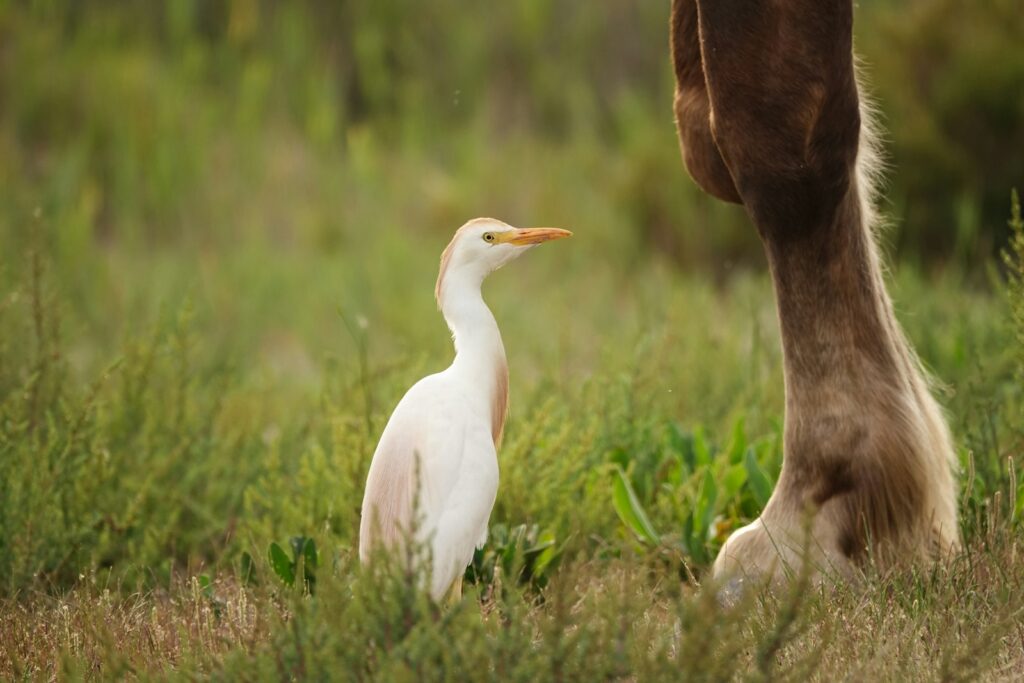
The interdependence between certain bird species and African mammals carries significant conservation implications as both groups face mounting threats across the continent. When large mammal populations decline due to poaching, habitat loss, or human-wildlife conflict, the specialized birds that depend on them often experience corresponding population reductions. Conservation studies have documented concerning declines in oxpecker populations in regions where their preferred host species, like rhinos and giraffes, have diminished. Similarly, cattle egrets have shifted their associations toward domestic livestock in areas where wild ungulates have been displaced, potentially altering their ecological roles and exposing them to agricultural chemicals. Understanding these ecological relationships has become crucial for conservation planning, as effective protection requires preserving not just individual species but the complex interactions that sustain ecosystem functions.
Human Impacts on Natural Herd-Following Behaviors
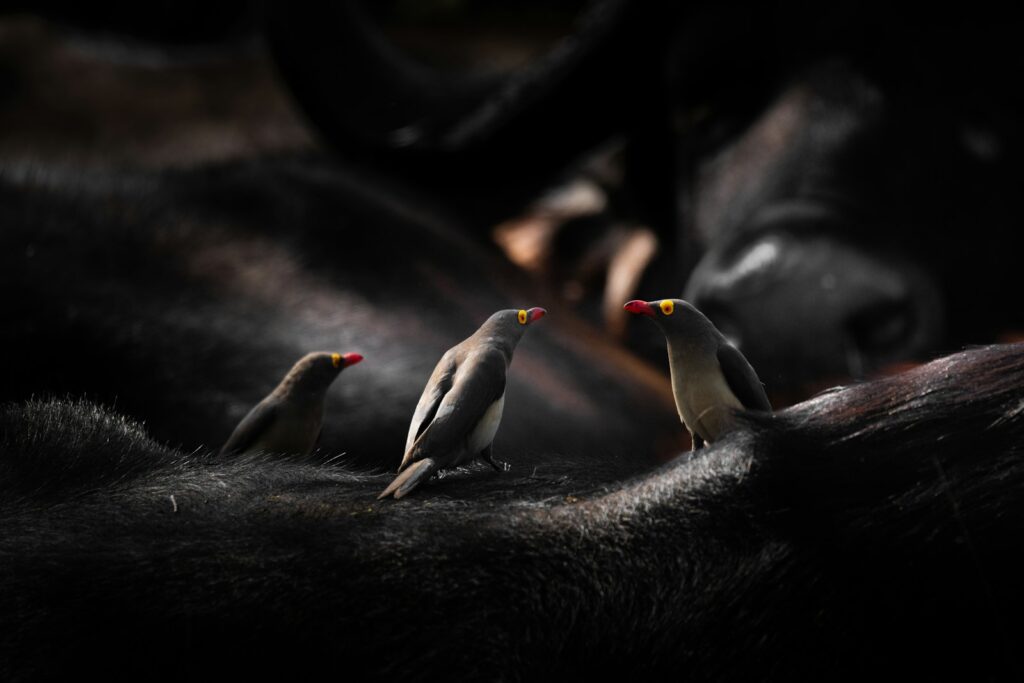
Human activities across Africa have significantly altered the traditional relationships between birds and mammal herds through various direct and indirect interventions. The conversion of natural savannah to agricultural land has fragmented habitats and disrupted migration routes used by wild ungulates for millennia, consequently affecting the birds that follow these movements. Veterinary practices like regular dipping of livestock to control ticks have reduced food availability for specialist feeders like oxpeckers in some regions, forcing these birds to adapt or decline. Interestingly, in other areas, the introduction of livestock has created new opportunities for adaptable species like cattle egrets, which readily transferred their following behavior from wild mammals to domestic cattle. This complex mix of disruption and new opportunity illustrates how human-modified landscapes are reshaping ecological relationships that evolved long before human dominance of the landscape.
Future Research Directions in Bird-Mammal Interactions
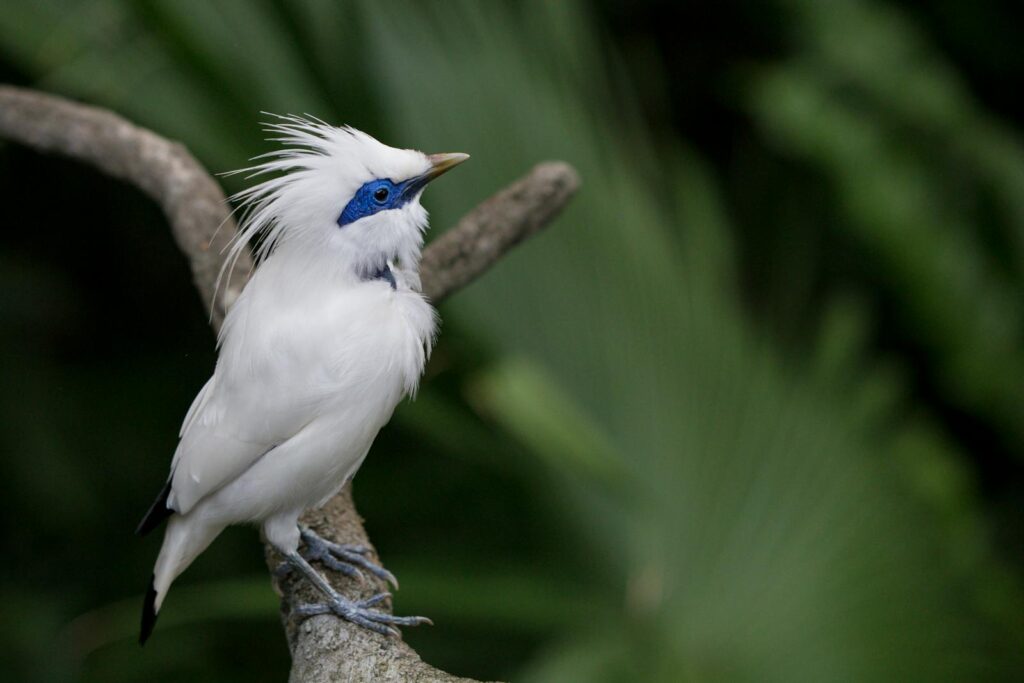
Despite decades of observation, many aspects of bird-mammal associations in Africa remain poorly understood, creating rich opportunities for future research. Advanced technologies like miniaturized GPS tracking devices now allow scientists to monitor both birds and mammals simultaneously, revealing previously unknown patterns in how these species coordinate their movements across landscapes. Questions about communication between birds and mammals—whether mammals intentionally signal to attract grooming birds or how information about predators is transmitted between species—represent fascinating areas for continued investigation. Climate change adds another critical dimension for research, as shifting rainfall patterns alter migration timing and routes for mammals, potentially creating mismatches with the birds that have evolved to follow them. Understanding these complex dynamics will be essential for predicting how these ancient ecological partnerships might persist in rapidly changing African ecosystems.
Conclusion
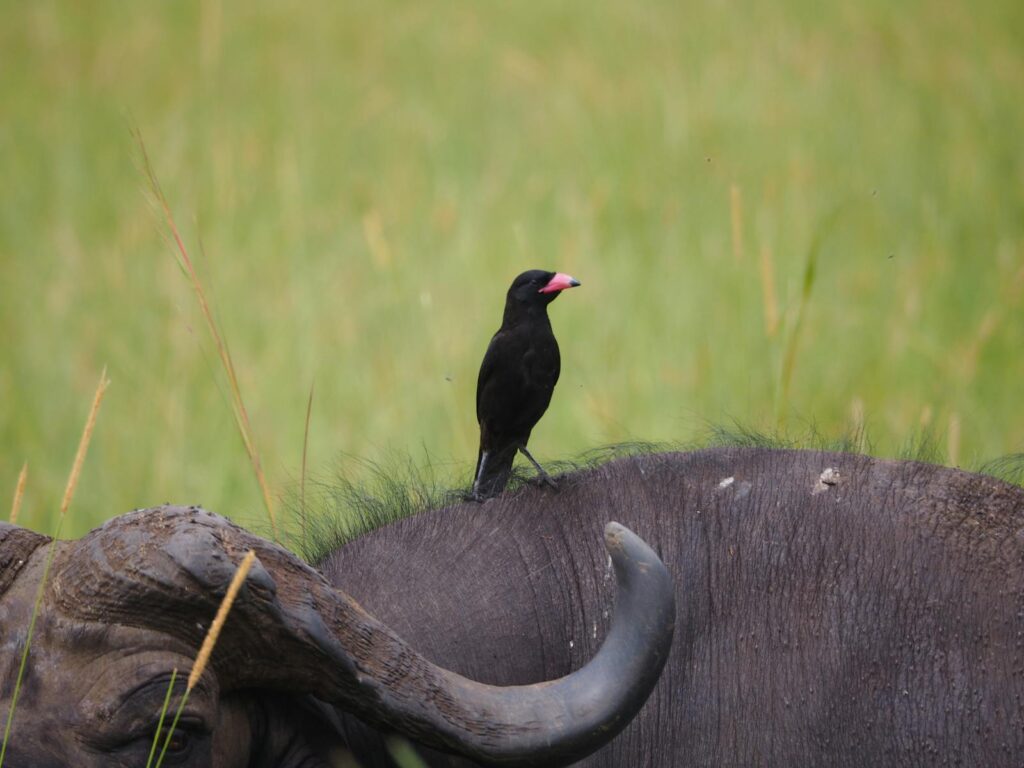
The phenomenon of birds following herds across Africa exemplifies nature’s remarkable ability to forge mutually beneficial relationships across species boundaries. From the tick-removing services of oxpeckers to the opportunistic insect-hunting of cattle egrets, these associations demonstrate how evolution has crafted specialized ecological niches that connect seemingly disparate animal groups. As Africa’s landscapes continue to transform under human influence and climate change, the future of these time-honored partnerships remains uncertain. What is clear, however, is that these bird-mammal relationships represent more than just interesting biological curiosities—they are living examples of ecosystem interconnectedness and adaptation that have helped shape African savannas for millions of years. By understanding and protecting these ecological relationships, we gain insights not only into animal behavior but also into the complex web of life that sustains Earth’s most iconic wildlife landscapes.
